Acquiring a company is a complex process, and when the target company has a unionized workforce, the intricacies multiply. For businesses navigating this landscape in Minnesota, understanding the key considerations and steps involved is crucial to ensure a smooth transition and maintain positive labor relations. Here’s a comprehensive guide to help you through the process.
Understanding the Legal Landscape
1. Successor Employer Doctrine: The first step is understanding the concept of a successor employer. Under the National Labor Relations Act (NLRA), if the acquiring company continues the business operations of the unionized company with substantial continuity, it may be deemed a successor employer. This obligates the acquiring company to recognize and bargain with the union.
2. Review the Collective Bargaining Agreement (CBA): Examine the existing CBA for clauses related to mergers and acquisitions. Successor clauses may require the new employer to adhere to the current agreement terms. Understanding these terms helps in planning the integration process.
3. Engage Legal Expertise: Given the complexities of labor law, it’s advisable to consult with labor and employment law experts. They can help navigate legal obligations, negotiate with the union, and address any potential disputes.
Key Considerations
1. Employee Retention and Workforce Integration: Determine the extent to which the predecessor’s workforce will be retained. Retaining a significant portion of the unionized employees strengthens the case for successorship, obligating the new employer to recognize the union and negotiate terms.
2. Operational Continuity: Assess the degree of continuity in business operations. Maintaining the same business functions, using the same facilities, and continuing similar practices suggest substantial continuity, impacting the successorship determination.
3. Union Engagement: Establishing a collaborative relationship with the union early in the process is essential. Open communication can help in negotiating new terms, addressing concerns, and ensuring a smoother transition.
4. Legal Obligations and Compliance: Comply with all legal requirements under the NLRA and other relevant labor laws. Ensure that any changes to employment terms are negotiated with the union to avoid unfair labor practice charges.
Minnesota-Specific Considerations
1. Minnesota Public Employment Labor Relations Act (PELRA): If the acquisition involves a public sector entity, PELRA governs labor relations, outlining the rights and obligations of public employees and employers, including collective bargaining procedures.
2. Worker Adjustment and Retraining Notification (WARN) Act: Minnesota adheres to the federal WARN Act but may have additional notification requirements in the event of mass layoffs or plant closures. Ensure compliance with both federal and state WARN requirements.
3. Minnesota Department of Employment and Economic Development (DEED): DEED offers various programs for workforce training and development, which can facilitate the integration of unionized employees and support skill development.
4. Local Union Dynamics: Minnesota has a strong tradition of unionization, particularly in industries such as manufacturing, healthcare, and public services. Understanding the local union culture and dynamics can aid in building a positive relationship with the union and employees.
Steps in the Acquisition Process
1. Due Diligence: Conduct thorough due diligence to understand the target company’s labor relations history, the terms of the CBA, and any ongoing or potential labor disputes. This information is critical for planning the acquisition and integration strategy.
2. Communication Strategy: Develop a clear communication strategy for informing both unionized and non-unionized employees about the acquisition. Transparency helps in managing expectations and reducing uncertainty among the workforce.
3. Negotiation with the Union: If the acquiring company is deemed a successor employer, initiate negotiations with the union to discuss any changes in terms and conditions of employment. Until a new agreement is reached, the existing CBA typically remains in effect.
4. Integration Plan: Create a detailed integration plan that addresses workforce integration, operational changes, and compliance with the existing CBA. This plan should include timelines, key milestones, and responsible parties.
5. Training and Support: Provide training and support for management and HR teams to handle the transition effectively. Understanding union relations and labor law is crucial for maintaining compliance and positive labor relations.
6. Monitor and Adapt: Continuously monitor the integration process and be prepared to adapt as necessary. Address any issues that arise promptly and maintain open lines of communication with the union and employees.
Conclusion
Acquiring a company with a unionized workforce in Minnesota requires careful planning, legal compliance, and effective communication. By understanding the legal landscape, engaging with the union, and following a structured acquisition process, businesses can successfully navigate the complexities and ensure a smooth transition. Building a positive relationship with the union and maintaining open communication with employees are key to achieving long-term success and stability in the newly integrated company.

